29 male Christian from Texas who loves Orca(RIP little one), DCMK, some other animes, Muse(of course), Steampunk stuff, the color red, and Motorcycles
Don't wanna be here? Send us removal request.
Text
We are killing ourselves at what i feel is an extreme rate and as a whole we are so ignorant of anything but our greed it will be too late to do anything if we ever do realize what is going on
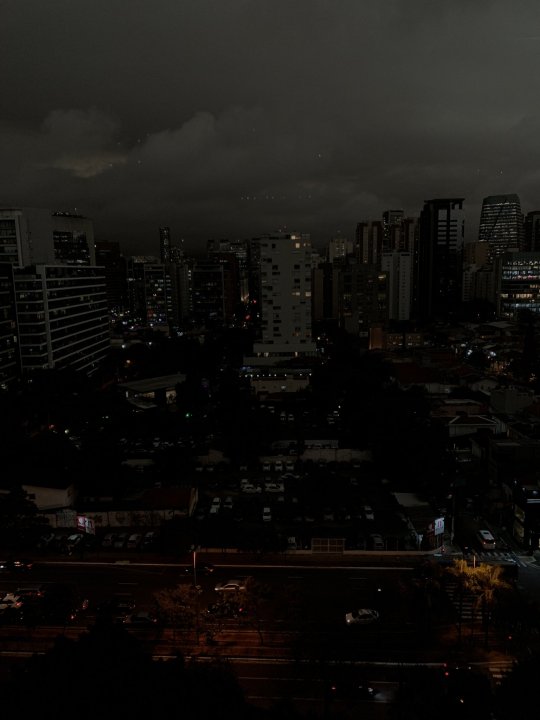
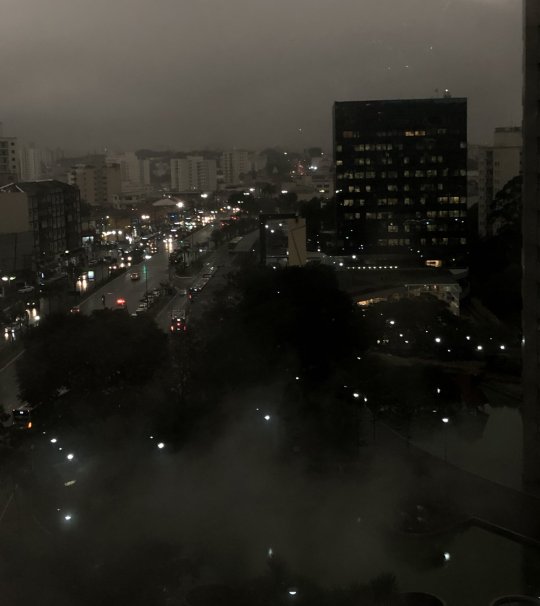
Bro, it's like 4PM in São Paulo right now and all the smoke made it look like it's already night...city of ashes indeed.
106K notes
·
View notes
Text
Is there any info if this infanticide just from the transients or do all or most orca communities commit it?
18 notes
·
View notes
Text

J50 Scarlet 2014-2018
Forever in my heart 💔 swim in peace little one
91 notes
·
View notes
Text
The final update on J50 Scarlet
After a massive search, the Center for Whale Research has declared that she is presumed to be deceased. We knew this was coming, but that doesn’t make it hurt any less. I can only hope that she had her family by her side as her spirit was returned to the sea. We’ll never forget you baby girl and we will do everything in our power to help your family.
9 notes
·
View notes
Text
What
Are they really going to "rescue" Scarlet? Pretty sure thats not going to fix anything and will be traumatic and so very stressful for everyone. Other things need to be done
1 note
·
View note
Text
All this waiting for any update is stressing me
4 notes
·
View notes
Text
Funny how governments refuse to care until its too late
4 notes
·
View notes
Link
For decades, people have flocked to the United State’s Pacific Northwest and Canada’s British Columbia for a chance to see a very special group of orcas. The whales in question are the Southern Resident Killer Whales (SRKW), a population of animals that have called the Salish Sea and it’s surrounding waters home since before scientists even knew of their existence. Their power is unquestionable; both spiritually and physically these animals hold great significance to anyone who knows about them, but time is running out for these magnificent creatures. The Southern Residents are endangered, critically endangered, and without immediate action from lawmakers the world will lose one of the most important populations of killer whales it has ever seen. So who are the Southern Resident Killer Whales exactly? Well, as aforementioned, they are a group of critically endangered orcas that live off the coast of British Columbia and America’s Pacific Northwest region. Three pods of whales, J, K, and L, make up this population of 75. These whales can get huge. Females can typically be as long as 16-23 feet (5-7 meters) and weigh between 3,000–6,000 pounds (1,300-2,700 kilograms), whilst males can grow around 20-26 feet (6-8 meters) and weigh around 8,000-12,000 pounds (3,600-5,400 kilograms). To maintain their weight and to stay healthy, one SRKW needs to eat 18-25 healthy adult salmon each day. But just like people, these orcas are very picky eaters, and 80% of their diet fully consists of Chinook Salmon. Primarily, Chinook Salmon from the Columbia Basin, where half of the fish are produced in the Snake River system.

Ok, so now we know a little bit about these orcas, their size, and their diet. So why are they endangered? The Southern Residents face a great many amount of threats today, from boat traffic, to pollution, to habitat loss, but none hit the orcas worse than prey depletion. As stated before, the SRKWs eat more Chinook Salmon than any other species of fish. But just like the whales themselves, Chinook Salmon are endangered too. In 2010 it was reported by the EPA that just 485,000 of the fish were in the Salish Sea, which is a 60% reduction in abundances since the Pacific Salmon Commission began tracking Chinook Salmon in 1984. That is a HUGE decrease considering how much the Southern Residents need to eat to survive. This is not just a whale problem, it’s a fish problem too.

The loss of Chinook Salmon to the Pacific Northwest has made a striking impact on the Southern Resident Killer Whales. To put it bluntly, because the fish numbers are plummeting, these orcas are starving to death. Since 2016, none of the new calves that have been born to this population have survived, and in that time frame 10 whales have died. It is important to note that toxins (DDTs, PCBs, and PBDEs) stay in the blubber layer, and if calories are burned through daily activity and not replenished, more toxins are released into the whales’ system, potentially causing reproductive problems and issues with the immune system, which can lead to death. Chinook Salmon loss is killing these killer whales, in more ways than one. Chinook Salmon are endangered. But why? Over 200 years ago it was estimated that 10 to 16 million entered the Columbia River annually, with 4 million destined to enter the Snake River drainage. In the 1860s the Chinook Salmon population went down as people fished without regulations. Though damaging, a steep drop in population numbers would not be seen until the 1930s-1970s, when dams were built on the lower Columbia and lower Snake Rivers, creating a huge obstacle for young salmon trying to get to and from the sea. The salmon that did make it back from the ocean and into the system now had to face the entirely new challenge of actually migrating to the spawning grounds, as the dams had transformed the Columbia and Snake Rivers into a series of lakes that confused the salmon’s migration instincts and made them a more easy target for predators. While other issues such as climate change are affecting the Chinook salmon, it is apparent that these dams are too.

So what can be done to help both the endangered Chinook salmon and endangered killer whales? Simple, we must breach the dams. Breaching would put Chinook onto the road of recovery, giving the fish thousands of miles of habitat to re-establish themselves. This will also help Chinook Salmon battle climate change, another problem that will soon become even more threatening than it already is. And by helping the Chinook Salmon, we are also helping the orcas by providing them with their desperately needed food supply. The dams are also not very useful to the people living in the area; they do not offer flood control and produce low-value surpluses of electricity. Also, breaching the dams will cost the State of Washington nothing; the first two can be breached at the cost of another Environmental Impact Statement, which is estimated to be just around 80 million dollars and would just take 5 years to complete.

Time is running out for these whales. Just a few days ago on July 26th, 2018, a member of the Southern Residents - J35 Tahlequah - was seen pushing around her deceased calf, refusing to let it go. A five days later, J35 is still desperately pushing her child along the currents. This heartbreaking scene is one of many to come if something is not done for these animals.
The answer is clear: to save Chinook salmon, killer whales, and the 130+ animals that rely on Chinook for food, we must breach the dams this year. If you want to help, please consider doing the following:
Sign the petition to urge the Army Corps of Engineers to use the current EIS (Environmental Impact Statement) statement to breach the dams.
Contact elected officials and urge them to support the breaching of the dams.
Encourage representatives to vote against H.R. 3144.
“It doesn’t matter how much you talk. They don’t live on words, they live on salmon.”
-Ken Balcomb, Center for Whale Research
Source(s):
Center for Whale Research
Orca Network
DamSense
EPA
The Whale Museum
Pacific Salmon Commission
Photo credits:
Center for Whale Research, EPA, and Darin Oswald.
721 notes
·
View notes
Note
Can you draw a tiny lizard dragon that secretly hoards pennies?
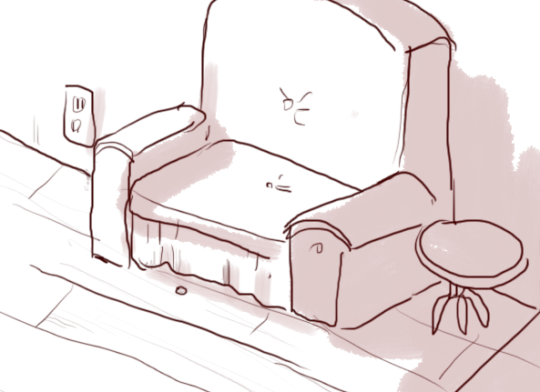

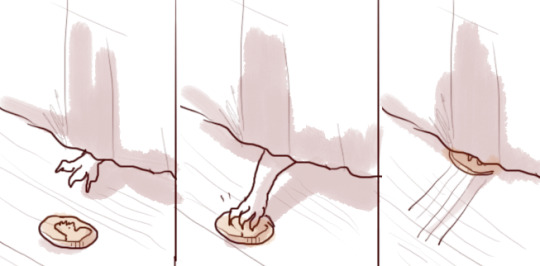
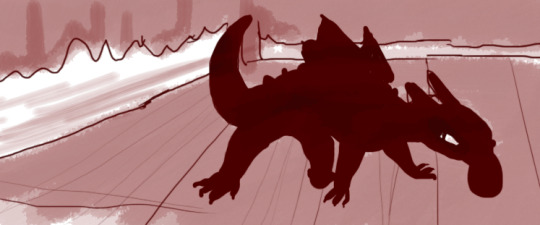
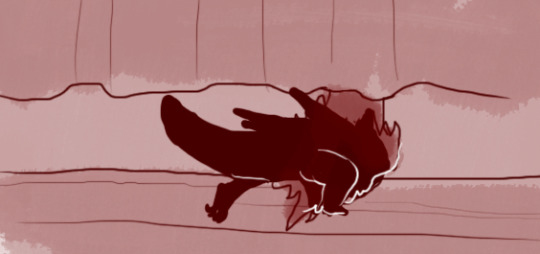

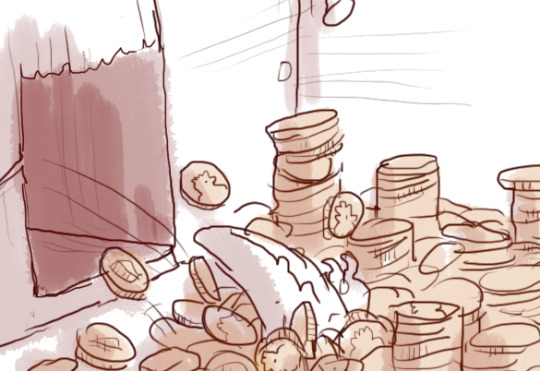
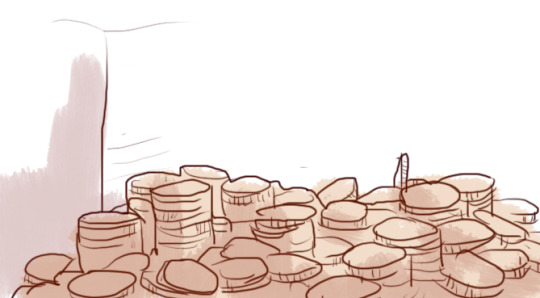

673K notes
·
View notes
Photo

J51 Nova
(Click here to adopt Nova from The Whale Museum)
47 notes
·
View notes














